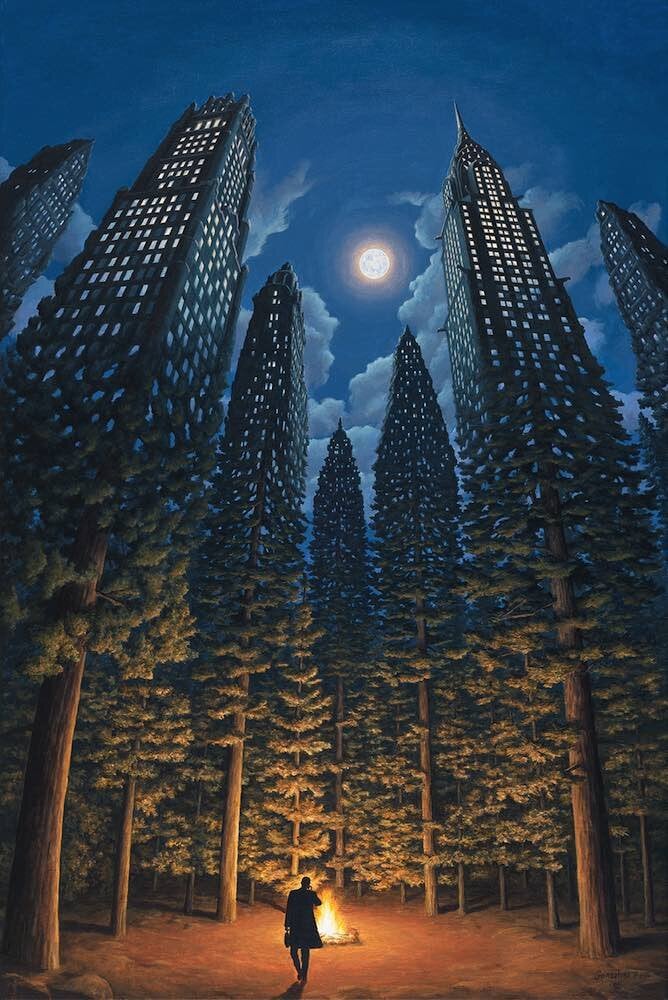I’m always interested to know the scaled of these 19th C works, because some can be quite enormous. Turns out this is a small oil on canvas, on exhibit at the Santa Barbara Art museum, which lists the size as: 14 1/8 x 20 1/4 in. (35.9 x 51.4 cm).
Me too. I went to a Dali exhibition that did a really good job of drawing together most of his significant works, many of which I knew from books etc … and I was blown away at how I could not predict which were physically big and which were physically small or even tiny pieces, so good was his technique.
Nice quiz idea: Guessing the scale of artworks.
One of the reasons to create a Lemmy account is to follow this community
I reckon that’s the full moon setting in the horizon, as the sun rises on the other side, behind the painter.
deleted by creator
Purely out of ignorance, but the title is really sunrise? The motif of the ruins would probably evoke a sunset, a world fading away.
I was just as confused as you were and double checked it, and it definitely is called moonrise.
Thank you!
Moonrise makes so much sense. Not only for having the moon actually ‘moonrising’ there, but also for the ruins fading with the sunset.





